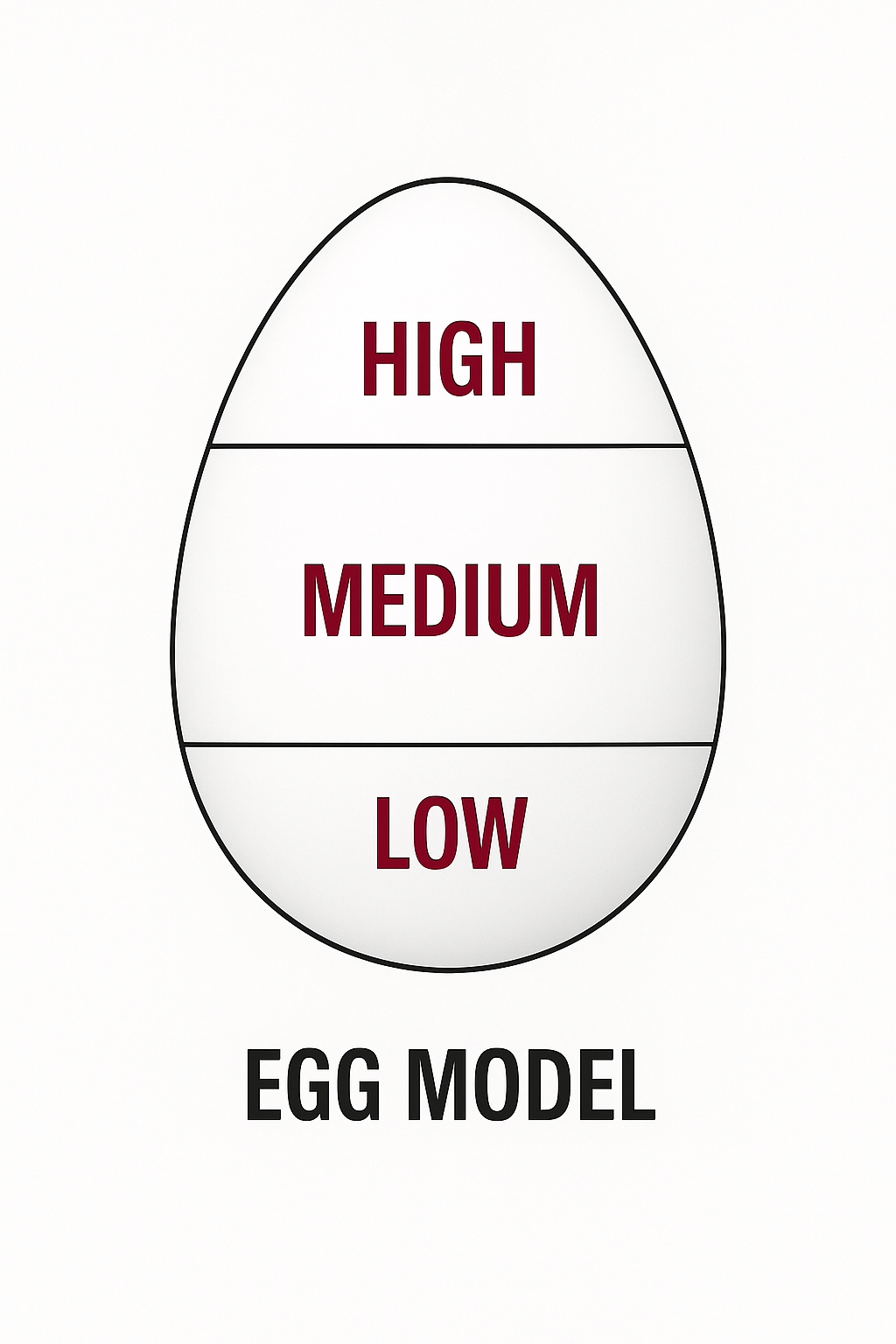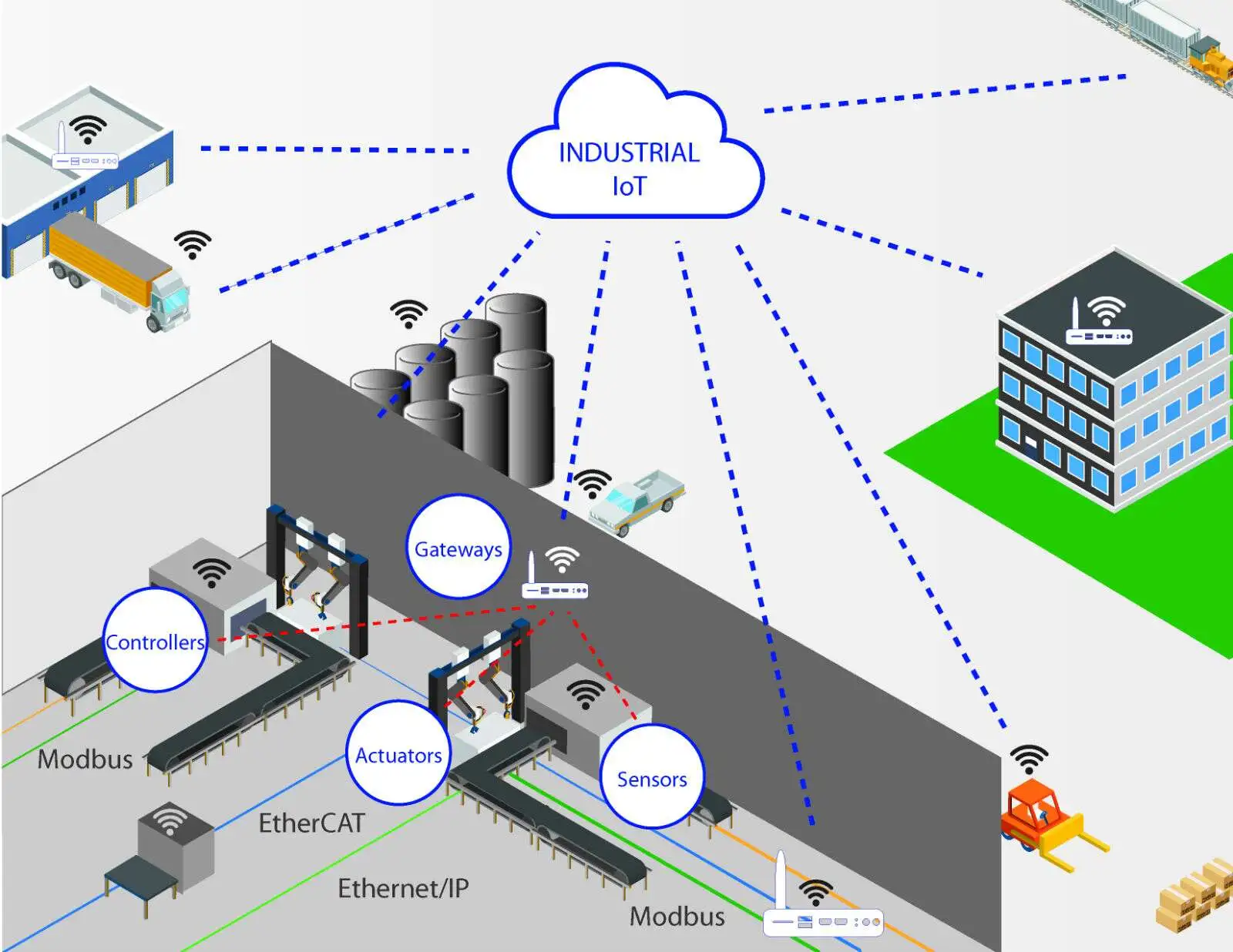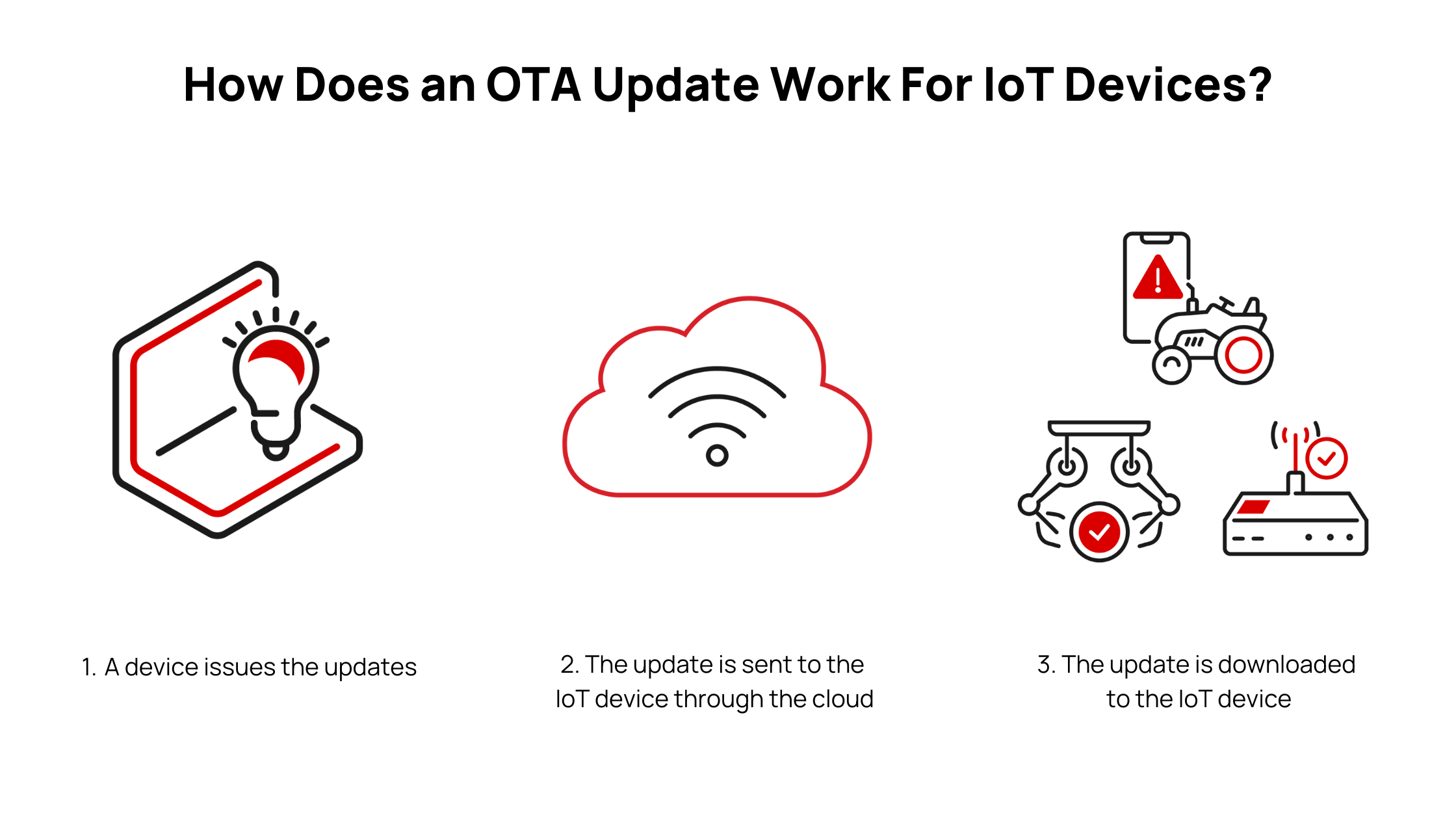
When reviewing Tesla RF job listings, V2X came up. What exactly is V2X? The vehicle environment is one of the three primary human activity spaces alongside home and workplace, so vehicle networking is becoming increasingly important.
Definition of V2X
V2X covers V2V, V2I, V2P, V2N and other variants. The letter V stands for Vehicle; 2 means "to"; the following letters indicate the communication counterpart or target for the vehicle's information exchanges.
V2V
V2V means Vehicle to Vehicle, i.e., wireless communication between vehicles. Vehicles exchange information with surrounding cars to anticipate risks and prompt the driver to take evasive actions. Many current consumer vehicles implement this functionality using millimeter-wave radar or cameras to detect safety hazards.
V2I
V2I means Vehicle to Infrastructure, referring to communication between vehicles and road infrastructure such as traffic lights, cameras, lane markings, and other traffic signs. With V2I, systems can help prevent lane departures and running red lights, reduce accidents in low-visibility conditions, and improve driving safety. Examples include traffic light countdown displays integrated into navigation systems.
V2P
V2P means Vehicle to Person, covering communications between a vehicle and its occupants as well as interactions between vehicles and pedestrians. In-vehicle displays and alerts that show speed, fuel level, or door warnings are part of vehicle-to-person communication. V2P also includes vehicle capabilities to predict pedestrian movement and take protective measures, which is important for road safety.
V2N
V2N means Vehicle to Network, where the vehicle connects to data centers or control centers to exchange information or receive instructions from a remote control center.
V2X
V2X uses X to represent Everything, describing vehicle communication with all entities, including V2V, V2I, V2P, and V2N. V2X technologies aim to improve the safety of human-driven and autonomous driving systems.
V2X Standards
Two main communication standards for V2X are DSRC and C-V2X. DSRC is based on the IEEE 802.11 family, specifically 802.11p, and is a short-range wireless communication system. C-V2X is based on cellular networks, evolving from LTE-V2X to 5G NR-V2X.
DSRC
DSRC stands for Dedicated Short-Range Communications. It is a wireless technology based on 802.11p that enables direct, low-latency, high-speed communication between vehicles and infrastructure without relying on cellular infrastructure. IEEE 802.11p is an amendment to IEEE 802.11 that defines enhancements for intelligent transportation system applications.
DSRC operates in the 5.9 GHz band (5.85-5.925 GHz), comprising seven 10 MHz channels with a 5 MHz guard interval at the bottom. Channels are designated as either Service Channels (SCH) or Control Channel (CCH).
Semiconductor vendors such as NXP have promoted DSRC and published technical comparisons between 802.11p and LTE-V2V, and have released chipsets for DSRC short-range communication. Some vehicle manufacturers have integrated DSRC components into certain models.
DSRC provides low latency and high data rates without cellular connectivity, but Wi-Fi based DSRC has limitations in high-mobility scenarios. As vehicle speed increases, DSRC link quality can degrade, reducing reliability and increasing delay jitter, which has limited its consistent performance in some deployments.
C-V2X
C-V2X stands for Cellular V2X, i.e., V2X based on cellular communications. While 802.11p was positioned as the DSRC standard around 2010, 3GPP was concurrently discussing cellular V2X standards. Due to rate and latency constraints of 3G, cellular solutions became more feasible with LTE. LTE-V2X was included in 3GPP releases during the LTE era, and the C-V2X family now includes LTE-V2X and 5G NR-V2X.
Qualcomm was an early proponent of C-V2X and released the 9150 C-V2X chipset optimized for Rel-14 direct communication. That chipset supports GPS and BeiDou positioning and higher-precision location capabilities. Qualcomm reported that multiple automakers and suppliers are using the 9150 chipset to advance C-V2X commercialization.
5G NR-based V2X offers advantages in lower latency, higher throughput, and improved reliability, which are beneficial for autonomous driving and have attracted broader industry support.
Reported Commercial Deployments
Huawei reported a city-level C-V2X deployment in Wuxi, China, in cooperation with partners including China Mobile, the Ministry of Public Security's traffic science institute, and research institutions, along with several vehicle manufacturers. The Wuxi deployment reportedly covers about 170 square kilometers of urban area with 240 intersections and has on-board users numbering around 12,000. Roadside units (RSUs) in the deployment connect to traffic elements such as traffic lights, cameras, signs, and speed limit markers. Combined with vehicle T-Box units and using the PC5 interface, the deployment supports vehicle-road coordination across multiple scenarios. Huawei described the deployment as a large-scale end-to-end commercial C-V2X solution using its in-house RSU and T-Box hardware.
 ALLPCB
ALLPCB







